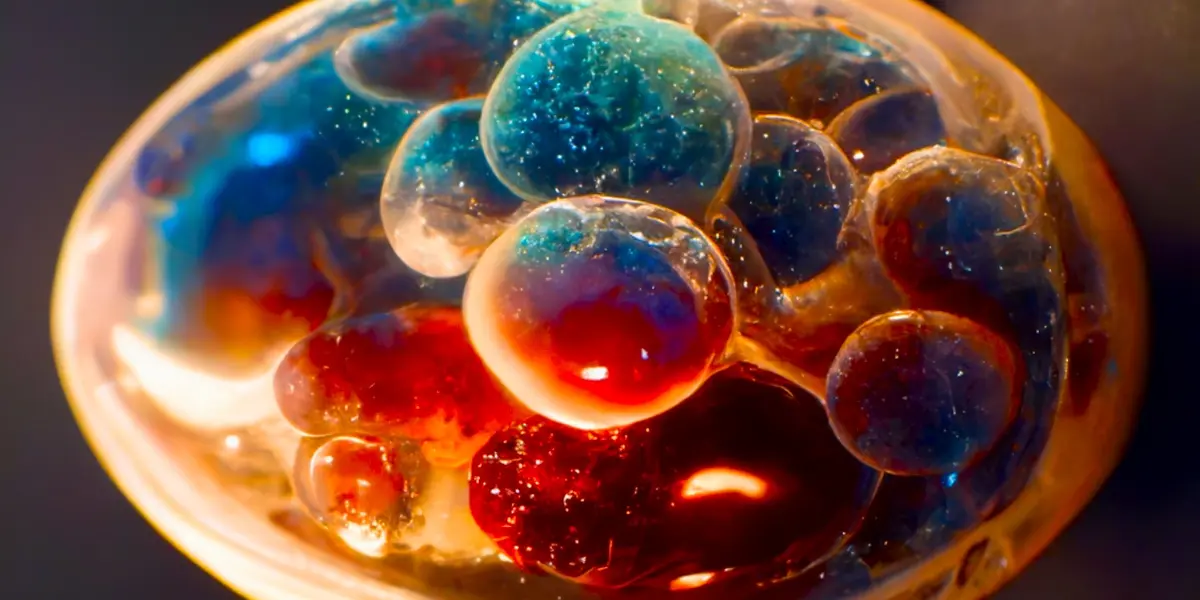By: James Li
In a groundbreaking discovery, a new way of understanding human fertility has recently been uncovered. Scientists have successfully created lab models of human embryos. This breakthrough, made possible by advanced cellular reprogramming, holds significant potential for uncovering early human development and improving reproductive technologies.
The research was conducted by a team of the best scientists from leading institutions in the US, Britain, and China, including Harvard and MIT. Their findings were published today in the prestigious journal “Science”. The study describes how the scientists were able to generate lab-grown models that closely resemble the early stages of human embryos.
Studying early human development is challenging due to ethical and practical constraints. By simulating, studying, and observing the earliest stages of embryonic development, scientists gain valuable insights into factors that contribute to more effective fertility treatments without the same risks or ethical considerations.
The researchers used induced pluripotent stem cells created by adult cells to create this revolutionary technology. These cells were changed to emulate the behavior and characteristics of embryonic cells. This allowed the scientists to model the intricate processes of the earliest stages of human development.
Dr. Sarah Thompson, a renowned biologist at Harvard and the lead author in this study said, “These lab models represent a crucial tool for investigating the underlying mechanisms of human fertility. We can now study the earliest stages of embryonic development in unprecedented detail, which may lead to novel advancements in reproductive medicine.”
Although this is a major breakthrough, some of the backlash raises many ethical questions. The creation of lab models that closely resemble humans highlights concerns about artificial vs natural. “Our aims are never for the purpose of human reproduction,” says Dr. Tianqing Li. There will be many battles between science and ethics regarding the limits and risks associated with this new technology.
“We do it to save lives, not create it,” said Magdalena Zernicka-Goetz, a developmental biologist at the University of Cambridge and the California Institute of Technology, who led another effort.
The creation of lab models of human embryos marks a milestone in reproductive sciences and promises to unravel the unknown of human fertility. While the research is undoubtedly helpful, it does raise many ethical questions. It is undeniable that this breakthrough opens a new chapter for reproductive medicine.











